Lawn & Garden Retailer and OFA’s First State of the Industry Survey
How has the lawn and garden retail business changed in the past year? What most impacted your bottom line? As retailers, how do you envision your garden center evolving in the near future?
Perhaps the best way to answer these questions is by asking those most intimately involved and invested in the daily challenges of the business.
Earlier this year, Lawn & Garden Retailer partnered with OFA an Association of Floriculture Professionals to survey garden center professionals across the nation and gain an insider’s perspective into the current state of the industry and its future.
The project was conducted entirely over the Internet by ABR Research, Inc., an independent research company specializing in custom research. A total of 433 surveys were completed.
The survey questions were as diverse as the respondents themselves. They were asked about their plans for expansion, the impact of soaring shipping/freight and energy costs on their business, the changing face of their customer base, the immigration debate and the ever-present competition from big boxes, among many others.
Some of their answers you probably expected. Others might surprise you. But we hope this report gives you some insight into where your business fits into the big picture and how you stack up against other garden centers across the country.
Here are the highlights and challenges of the past year and thoughts on what the coming years might bring, straight from the mouths of those who know the industry best.
Snapshot of Respondents
To make an informed comparison, it’s important that you understand who the respondents are and what similarities and differences exist among your businesses.
The average respondent in this year’s study is 54 years old and has been in business for 30 years. Twenty-six percent are long-standing businesses (established for at least 40 years). Most are big players in the field, with about 66 percent classifying themselves as owners/presidents of their companies. Another 20 percent are managers/supervisors, and about 7 percent are buyers. Merchandisers, sales associates and others make up the remaining 7 percent.
The vast majority (82 percent) have one retail location. The remaining 18 percent have two or more locations. In addition, more than half of respondents operate solely as retailers; 34 percent say they operate as both wholesale and retail.
Asking how your business characteristics compare to the average respondent’s can help you understand their answers to other questions and why their experiences and perceptions might differ, or relate, to your own.
Size Matters
It’s no secret that the size of an operation impacts its labor, quantity of product sold, and even the general business model approach and store layout.
For the purposes of this survey, the average retail area spanned about 45,000 sq.ft. The average size of the covered space for hardlines was 7,726 sq.ft., and 7,246 sq.ft for enclosed greenhouse retail space for green goods. Also, respondents reported an average outdoor retail space for hardlines of about 9,008 sq.ft., and an average 21,883 sq.ft. of outdoor retail space for green goods.
The Bottom Line
According to survey respondents, average sales in 2006 were $2.2 million. Almost one-quarter (23 percent) had sales under $100,000, and 10 percent reported sales of $10 million or more. When comparing 2006 revenue and profit margin to 2005 figures, we find a 10.5-percent increase in overall revenue and a 5.7-percent increase in profit margin.
How did your 2006 sales compare?
What’s for Sale?
The largest percentage of retailer sales in 2006 (21 percent) was generated by annuals. Perennials (13 percent), trees/shrubs (12 percent), cut flowers (7 percent) and soil/mulch/rock (7 percent) were the next biggest sellers.
A small percentage of retailers are branching out and offering products like garden accents, outdoor furniture and tools. The ability to think outside the box and try new things can go a long way in retailers’ struggle to remain competitive and set themselves apart.
Rising Costs
When asked to rate which factors had the greatest impact on their 2006 profits, the majority pointed to shipping/freight costs as the biggest financial burden. On a scale from 1 to 10, with 1 being low-impact and 10 being high-impact, the average rating for shipping/freight costs was a 7.1. This was closely followed by the foreseeable energy costs (rated a 7), whose impact ripples through many facets of the retail field. As one respondent stated, “Fuel costs: they affect everything”.
For retailers, rising energy costs and other increasing expenses have a direct impact on their bottom line, as consumers are forced to cut back on “splurges” to make ends meet. “High energy costs may keep people from my door,” one retailer lamented. Another respondent said retailers are now under heightened pressure to “keep prices affordable for customers” in the face of higher fuel costs.
After energy costs, labor costs came in third, with a rating of 6.8. Amid a heightening immigration reform debate, the issues of labor shortage and mounting labor costs stand to directly impact the future of your business. Although only 10.5 percent of respondents surveyed said they hired seasonal workers, many smaller operations depend on immigrant labor to survive. One retailer’s comment highlights the industry’s growing frustration with the immigration debate in Congress and the labor shortage in the field: “the current immigration plan presented to Congress is a knee-jerk solution to solving our labor crisis.”
Beyond the Basic Services
Although the majority of retailers we surveyed did not have immediate plans to expand, some appear to be willing to grow in a different way by offering additional services to entice customers to open their wallets. Almost one-third (32 percent) offer landscape services. Of those that offer landscaping, the vast majority offer design (84 percent) and installation (83 percent) services respectively. Other extras fall under the titles of design/build (71 percent) and maintenance (53 percent).
Take a moment to examine what you offer your customers in your garden center. Is there a need for additional services like the ones discussed? Only by paying attention to the needs and desires of your customers can you determine whether it might be a smart move to expand your offerings.
Embracing the Web
The industry also appears to be recognizing the role that the Internet can play in improving their visibility and reaching more consumers. Almost two-thirds (64 percent) of retailers surveyed said they have a website for their business. More than three-quarters (78 percent) use the Internet for business reasons. Of those who use the Internet, 92 percent do so for product research, 68 percent purchase products for their garden centers, 48 percent acquire trend research and 37 percent sell merchandise.
Increasing Visibility and Reach
One way to compete with other garden centers and big boxes is to invest in marketing and advertising efforts. Most of the respondents say they primarily advertise through local newspaper advertising (68 percent), followed by yellow pages (42 percent), direct mail (42 percent), in-house loyalty programs (34 percent), radio spots (31 percent), Internet ads (18.5 percent) and TV cable ads (17 percent), and other (14 percent). About 41 percent say they participate in merchandising programs with their vendors.
Self-advertising not only ensures the high visibility of your company brand, but it also offers the opportunity to attract new customers or keep loyal customers interested. With the changing times and exciting new directions that the industry appears to be embarking on, it might be wise to brainstorm creative ways to reinvent your company so that your brand remains modern and attractive to Generation X shoppers.
Competing with Big Boxes
The one constant concern for independent garden center retailers is the threat of the big boxes. More than half of respondents surveyed say they have been in competition with the nearest big box retailer for more than five years. When asked what would impact their businesses the most in 2007 and the next five years, answers like “big box stores offering seeds/plants for less,” “big box store mindset… they are always cheaper” and “big box stores the smaller dealer will be gone” were common and telling.
But many independent gar-den centers continue to not just stay afloat but thrive by changing their mindset. Instead of trying to compete directly on price with big boxes or sacrificing quality for quantity, they are focusing on differentiation. By emphasizing the qualities that big boxes lack, such as knowledgeable personnel and high-quality product, they can remain strong in this fast-changing game.
Other Issues
Other issues that respondents repeatedly cited were the lack of available work force, the struggle to draw younger shoppers as the baby boomer generation cuts back on their spending, rising energy costs and immigration issues, among others.
In the face of what one respondent described as an “always-unpredictable future,” some retailers remain optimistic while others doubt their ability to remain in business.
By tweaking your business plan so that it responds to the “changing face of our customers” and their unique needs and desires, as well as capitalizing on the escalating “go green” trend, some retailers insist that the independent garden center will have an even bigger niche role to play in the future. As one respondent summarized, “the homeowners want a refuge, and their backyards are that refuge.”




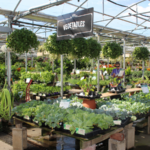

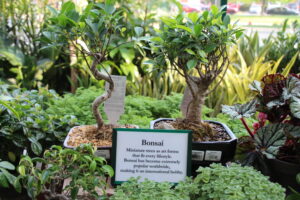

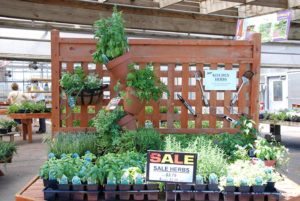
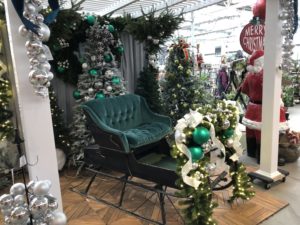
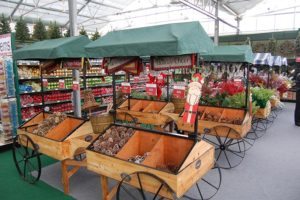


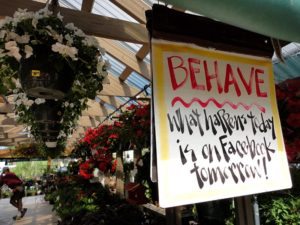
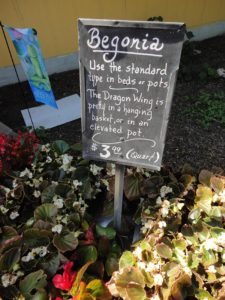

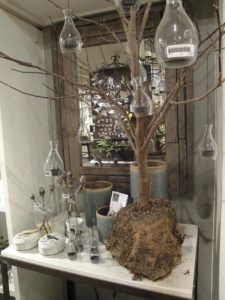
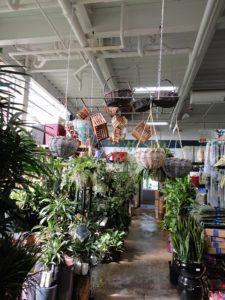
 Videos
Videos





